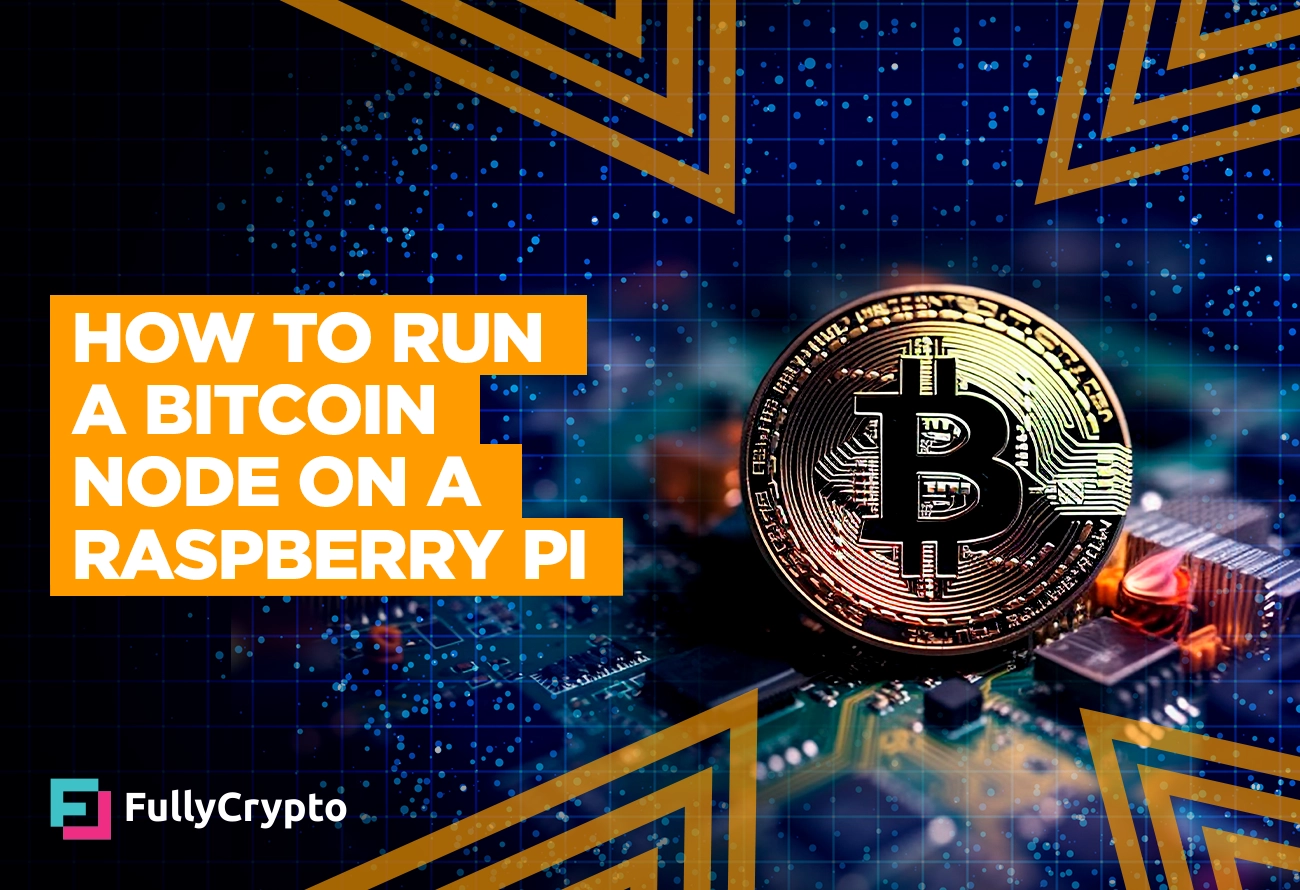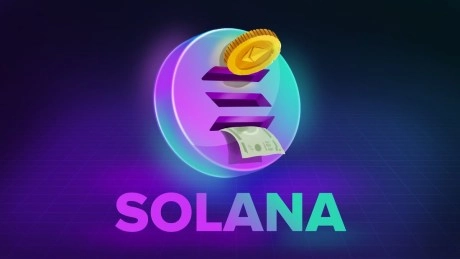![]()
By Mark Hunter
1 week agoTue Nov 26 2024 08:31:55

Reading Time: 3 minutes
- Running a Bitcoin node on a Raspberry Pi is a simple way to help the network
- Setup is easy with just a few pieces of equipment needed, which don’t need to be that expensive
- Our guide helps you get up and running at minimal cost
Running a Bitcoin node is a great way to help further the cause of the world’s oldest and greatest (arguably) cryptocurrency, and the good news is you don’t have to own a mining farm to do it! Running a node helps secure the Bitcoin network, and the good news is that you can do it with the humble Raspberry Pi, a hard drive, and an internet connection. If the idea of tinkering with a Raspberry Pi and running a fully operational Bitcoin node gets you all hot under the collar, here are some handy tips before you embark on your journey.
Find the Right Guide
There are plenty of guides out there for setting up a Bitcoin node on a Raspberry Pi, which is unsurprising considering there have now been five Raspberry Pi versions released. By and large there aren’t huge differences between them, which is good, and most of it is copy and pasting text, which is ideal for those who don’t know their way around the Linux operating system that the Raspberry Pi uses.
We therefore recommend you conduct your own research depending on the iteration of the hardware you plan to use and choose a guide that fits with your level of experience. We recommend guides that combine video with text so you can copy and paste in the commands and see what should be on your screen when you do.
Newer is Better (Initially)
First and foremost, it’s important to know what you get from a later Raspberry Pi compared to the older, cheaper ones. Earlier versions do run nodes, but as they are slower machines the initial setup can be longer, and some have even reported the Bitcoin blockchain failing to download due to RAM inefficiencies.
Happily, there are workarounds that mean you can side-download the Bitcoin blockchain, which won’t delay you by any great amount. This issue isn’t present on later Raspberry Pis, which have better functionality, but once the node is actually installed, they all run the same.
The Bitcoin Blockchain is BIG!
Back in the day, you could download and run the Bitcoin blockchain on an SD card, but these days, it’s not so easy—data from blockchain.com shows that the Bitcoin blockchain size is currently over 617 GB, and your Raspberry Pi is going to have to download this. Not only that, the blockchain will continue to grow, meaning you have to leave enough space on the allocated drive to account for this.
This means you’re looking at around a terabyte of space requirements, although a slower, second-hand drive will work just as well as a brand-new one. However, an SSD will synchronize the blockchain quicker than an HDD, so if speed is important, head that way. Alternatively, if you can get your hands on a terabyte SD card, then you’re set.
The Bigger They Come, the Longer They Take to Download
The setup process for a Bitcoin node on a Raspberry Pi isn’t that long (assuming everything goes according to plan), but the real headache comes when it’s time to synchronize the behemoth 617GB blockchain. Sadly, your superfast fiber broadband won’t make any difference here – the blockchain syncs at its own speed, and that is sloooow.
Currently, you’re looking at around a 3-4 day download time (yes, days) while the blockchain syncs, and there’s no way of speeding up that process. There are reports that some have managed to download the blockchain by torrent, but there are not many reliable links around, and you’re still talking about downloading a 617 GB file, so either way it’s not going to be quick. Best just start it up and come back in three days.
Monitoring Without the Monitor
Bitcoin nodes are fairly self-operating and rarely go wrong unless the Raspberry Pi permanently loses internet connection or power. If your Pi is in a separate place and you don’t want to have to plug a monitor, keyboard, and mouse in every time you want to check up on it, you can remotely access it like any other computer.
There are plenty of remote access apps out there, with Teamviewer being the standout candidate, but it’s up to you to do your research on that front. Remember that you need to find something that links from your existing device, for example, a Windows machine or MacBook, to a Linux device, which can limit your options. Once installed, however, it makes checking up on your Pi Bitcoin node a synch.
Get Started Today!
Running a Bitcoin node on a Raspberry Pi is a simple yet fulfilling experience that allows you to contribute to the Bitcoin cause in an easy and fun way. Setup time is about half an hour (minus the blockchain sync time), and once it’s up and running it won’t use up much energy or internet bandwidth, so you’ll barely notice it.
Have fun!



